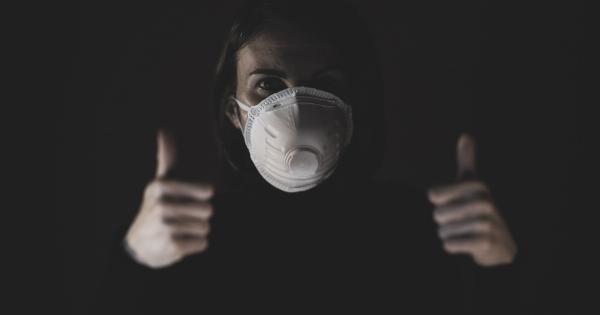Many kids suffer from asthma and rhinitis, but did you know that these conditions are often interconnected? Rhinitis and asthma often go hand-in-hand, and they can make breathing difficulties even worse for children.
Here’s what parents need to know about these two common conditions and how they can affect their child’s health.
What is Rhinitis?
Rhinitis is a condition that causes inflammation of the nasal passages. It’s commonly known as hay fever, and it’s often triggered by allergens like pollen, dust mites, or pet dander. Symptoms of rhinitis can include:.
- Runny nose
- Stuffy nose
- Sneezing
- Itchy nose, eyes, or throat
In some cases, rhinitis can also cause headaches, fatigue, and difficulty concentrating. While rhinitis can be uncomfortable and annoying, it’s generally not a serious condition.
What is Asthma?
Asthma is a chronic respiratory condition that causes inflammation and narrowing of the airways. This can make it difficult to breathe, and it can also cause wheezing, chest tightness, and coughing.
Asthma is often triggered by things like allergens, pollution, exercise, or stress.
For children with asthma, the symptoms can be severe and disruptive. They may require medication to manage their symptoms and prevent flare-ups.
The Connection Between Rhinitis and Asthma
While rhinitis and asthma may seem like two separate conditions, they are often connected. In fact, up to 80% of children with asthma also have rhinitis.
This is known as the “united airway” theory, which suggests that the upper and lower respiratory tracts are linked and can affect one another.
When a child with rhinitis is exposed to allergens like pollen or dust, their nasal passages become inflamed. This inflammation can spread to the lower airways and trigger asthma symptoms.
Conversely, when a child with asthma experiences an asthma attack, the inflammation in their airways can worsen their rhinitis symptoms.
The Impact on Children’s Health
The connection between rhinitis and asthma means that these conditions can have a significant impact on a child’s health. Children with both conditions may experience:.
- Frequent asthma attacks or flare-ups
- Poor sleep quality due to breathing difficulties
- Decreased lung function over time
- Lower quality of life due to symptoms and restrictions
Children with both rhinitis and asthma may also be more likely to miss school or other activities due to their symptoms. This can affect their academic performance and social development.
What Parents Can Do
If your child has rhinitis or asthma, it’s important to work with their healthcare provider to develop a treatment plan. This may include:.
- Allergy testing to identify triggers for rhinitis and asthma
- Medications like antihistamines, nasal sprays, or bronchodilators
- Asthma action plans to help manage flare-ups
- Lifestyle changes like reducing exposure to allergens or improving indoor air quality
Parents should also encourage their child to practice good self-care, such as getting enough sleep, eating a healthy diet, and avoiding triggers whenever possible.
Staying on top of treatment and being proactive about managing symptoms can help prevent complications and improve a child’s overall health and well-being.
Conclusion
Rhinitis and asthma can be challenging conditions for children to deal with, and when they occur together, they can be even more difficult to manage.
But by understanding the connection between these two conditions and working closely with healthcare providers, parents can help their child breathe easier and enjoy a healthier, more active life.




























